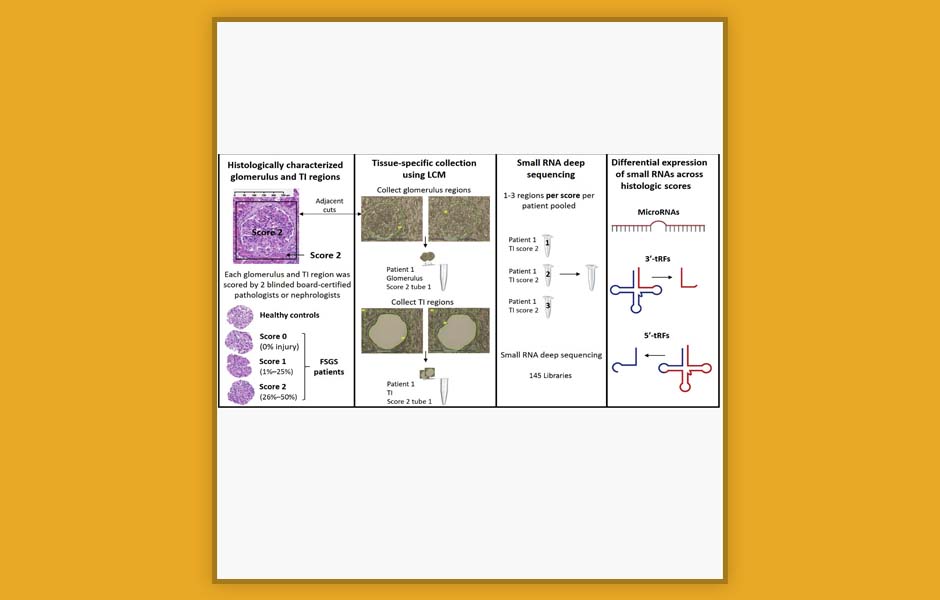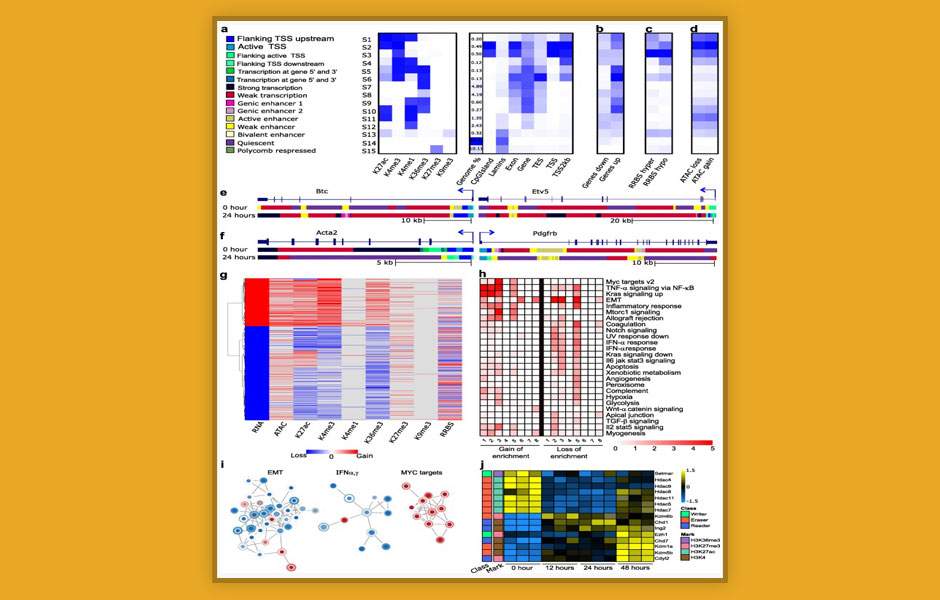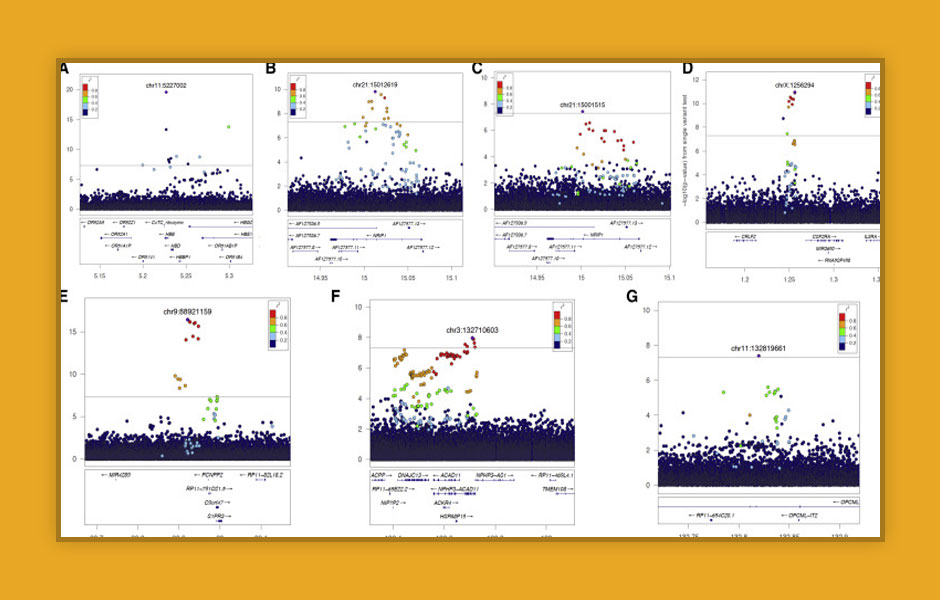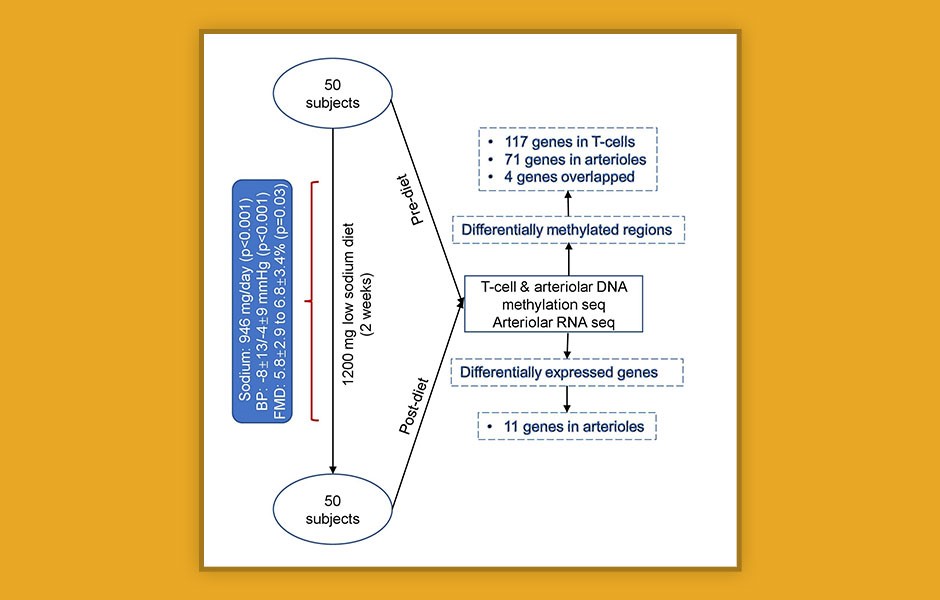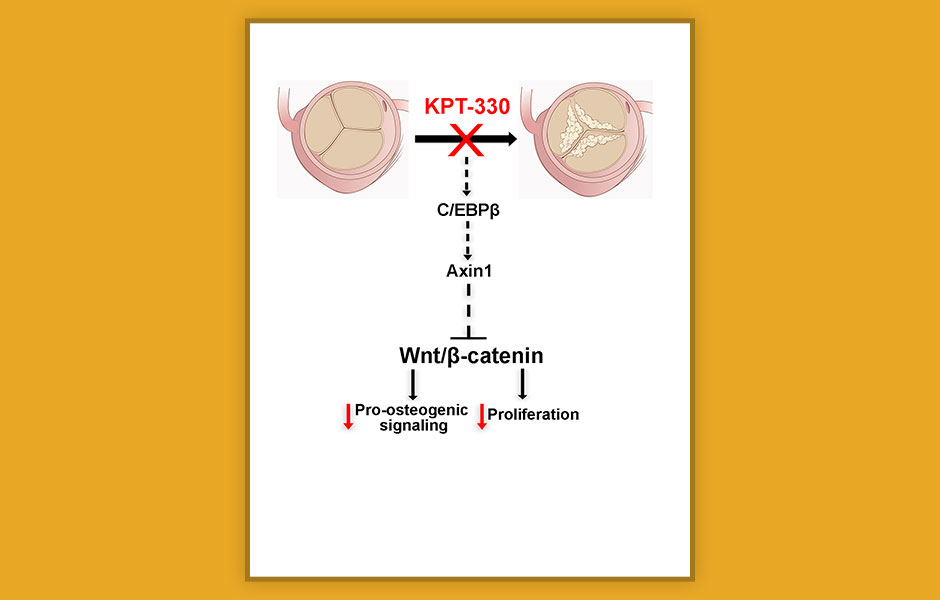Project Description
The Human Microcirculation: Regulation of Flow and Beyond
Gutterman and Colleagues, Circ Res. 2016
The microcirculation is responsible for orchestrating adjustments in vascular tone to match local tissue perfusion with oxygen demand. Beyond this metabolic dilation, the microvasculature plays a critical role in modulating vascular tone by endothelial release of an unusually diverse family of compounds including nitric oxide, other reactive oxygen species, and arachidonic acid metabolites. Animal models have provided excellent insight into mechanisms of vasoregulation in health and disease. However, there are unique aspects of the human microcirculation that serve as the focus of this review. The concept is put forth that vasculoparenchymal communication is multimodal, with vascular release of nitric oxide eliciting dilation and preserving normal parenchymal function by inhibiting inflammation and proliferation. Likewise, in disease or stress, endothelial release of reactive oxygen species mediates both dilation and parenchymal inflammation leading to cellular dysfunction, thrombosis, and fibrosis. Some pathways responsible for this stress-induced shift in mediator of vasodilation are proposed. This paradigm may help explain why microvascular dysfunction is such a powerful predictor of cardiovascular events and help identify new approaches to treatment and prevention.
To read more click here.



